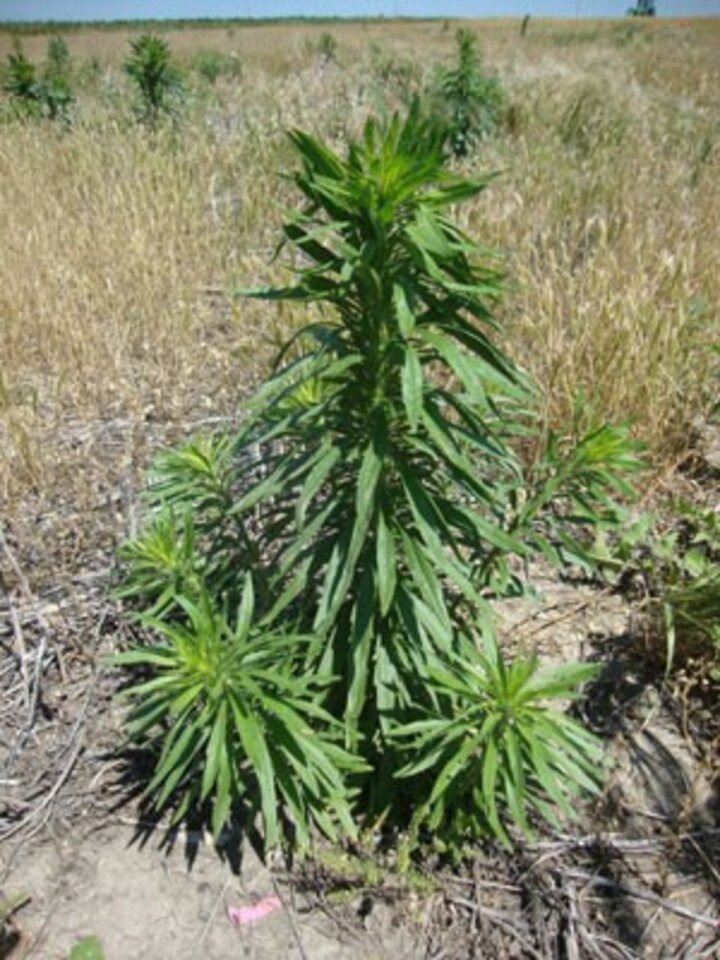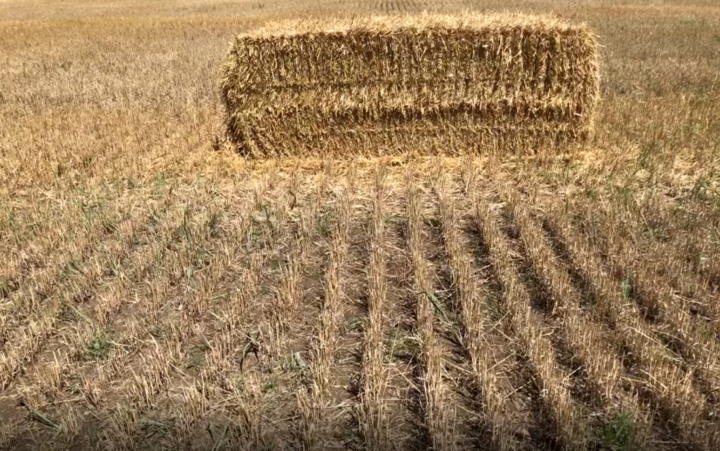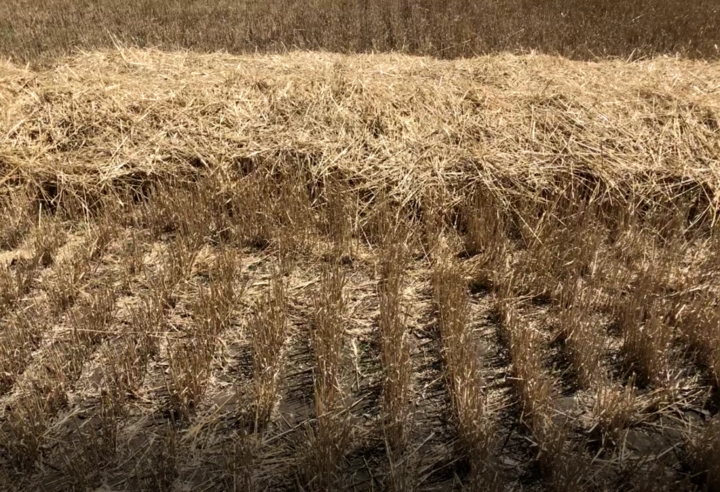
The stubble of recently harvested wheat fields with weeds should be treated shortly after wheat harvest to control weeds that are present. Due to the late wheat harvest throughout western Nebraska, delayed in most areas by two to three weeks, weeds growing in unharvested wheat were allowed to grow much longer than usual. In some fields, due to the late harvest, weeds were allowed to mature, which in turn allowed seed to be produced.
Some weeds that were very prevalent in growing wheat this year were marestail (horseweed) (Figure 1), pigweed, and kochia, in addition to many grass varieties. Growers will need to control these as well as any volunteer wheat that emerged before harvest. (This volunteer can provide a “green bridge” for the wheat curl mite to move from one crop to the next, bringing with it wheat streak mosaic and other virus diseases.) This almost always occurs as a result of wheat seed head shatter from hailstorms.
Herbicides should be applied to wheat stubble fields as soon after wheat harvest as possible. See the Guide to Weed, Disease, and Insect Management in Nebraska (EC130) for treatments. The weed response table on page 95 will help in selecting treatments. Also, be concerned with spray drift management. Weeds that are allowed to grow and produce seed will usually result in weeds that will need to be controlled in the succeeding corn and grain sorghum crops. A later application of a residual herbicide with a herbicide to control any weeds present in the wheat stubble should be applied late summer or early fall.


This year I noticed numerous winter wheat stubble fields where the residue had been removed or will be removed (Figures 3 and 4). Two tons of crop residue is needed annually per acre to maintain soil organic matter. (That’s 40 bushels of wheat residue per acre per year.) A rule of thumb is that one bushel of wheat will produce approximately 100 pounds of crop residue and a bushel of corn or grain sorghum will produce approximately 50 pounds of crop residue.
In the three-year rotation of winter wheat, corn or grain sorghum, followed by summer fallow, you need to average yields of 70 bushels of winter wheat (70 bu x 100 lbs/bu = 7,000 lbs) and 100 bu/ac corn or grain sorghum (100 bu x 50 lbs/ bu = 5,000 lbs) through the three-year rotation. (This would provide 12,000 lbs/ac total or 4,000 lbs or 2 tons of crop residue per acre per year. With continuous corn or continuous grain sorghum you would need to produce 80 bu/ac of grain x 50 lbs/ac residue to get a total of 4,000 lbs or 2 tons of residue per acre annually.
In a winter wheat-summer fallow rotation, you would need to average 80 bu/ac wheat yield (80 bu/ac x 100 lbs to achieve 8,000 lbs of crop residue for 2 years or 4,000 lbs or 2 tons per year.
Wheat stubble height and amount of residue does affect the crops following wheat. Taller wheat stubble and amount will allow for:
- More snow catch in the winter, which will translate into a fuller soil moisture profile for the crops following the wheat harvest.
- Standing and large pieces of stubble take longer to decompose which will last longer into the next growing season.
- Soil evaporation will be reduced with crop residue; taller wheat stubble affects wind flow patterns.
- Weeds will germinate sooner in soil that is bare, or where residue has been removed.
- Taller wheat stubble provides a better habitat for wildlife.
The value of nutrients (nitrogen, P2O5, K2O, and S) in crop residue from 60-bushel winter wheat crop residue is approximately $40 per acre.

